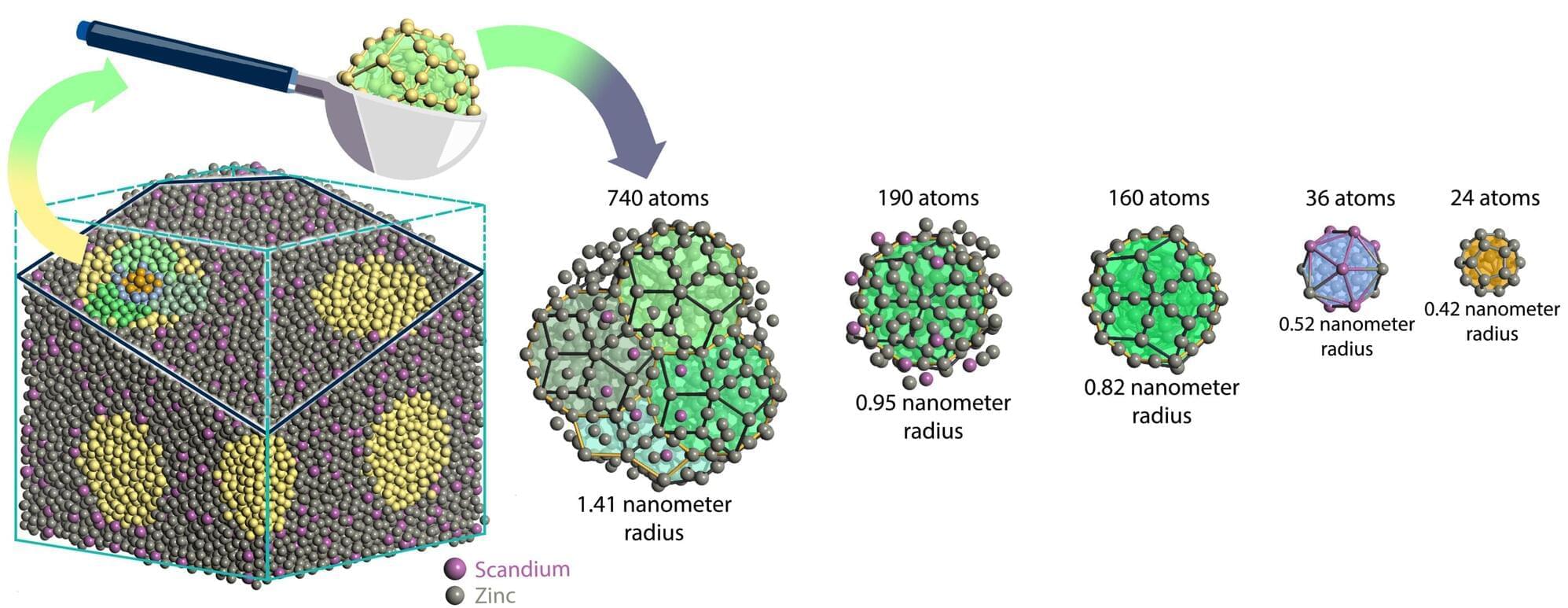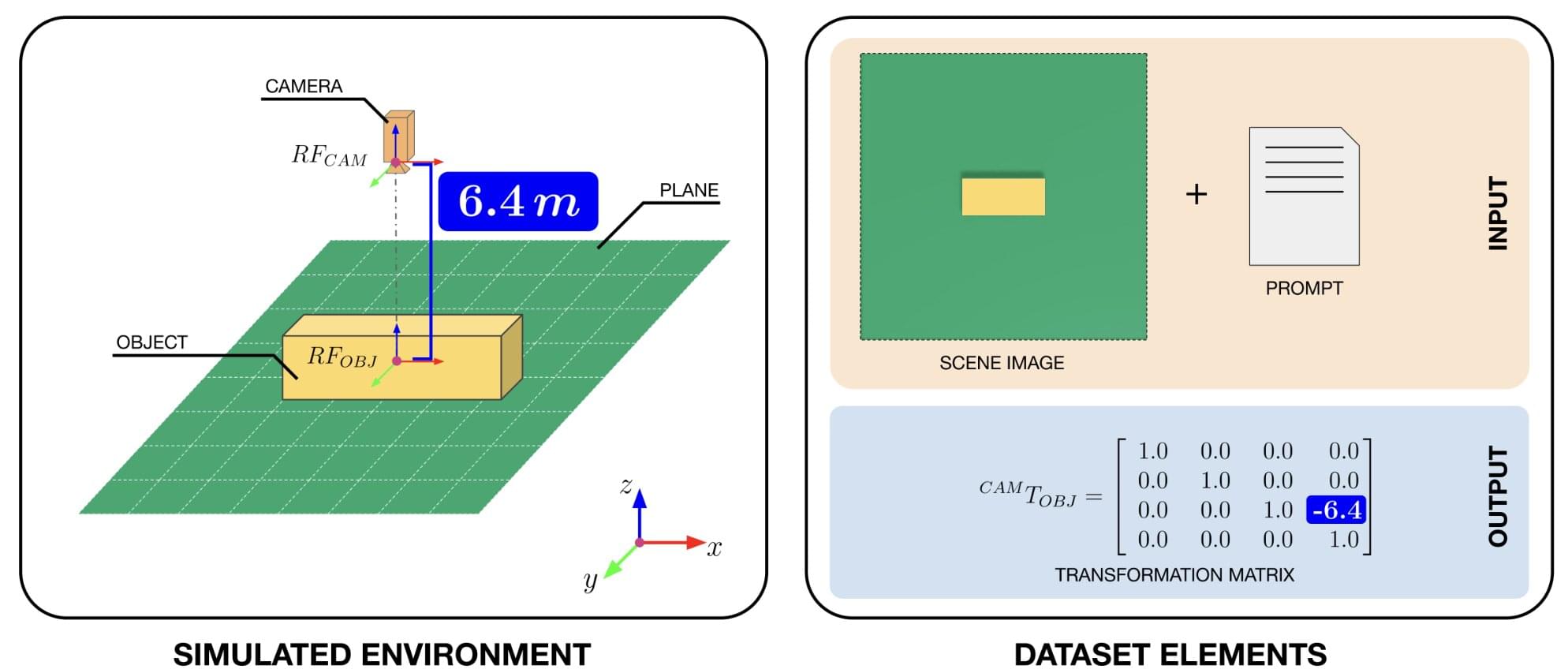Two key protein structures in the body are being visualized for the first time, thanks in part to the latest technology in the University of Cincinnati’s Center for Advanced Structural Biology—potentially opening the door for better designed therapeutics.
The research of a trio of UC structural biologists was published today in the Proceedings of the National Academy of Sciences (PNAS).
It’s the first publication to come out of the Seegar Lab at UC. Tom Seegar, Ph.D., Ohio Eminent Scholar and assistant professor in the Department of Molecular and Cellular Biosciences in the College of Medicine, serves as corresponding author of the study.









